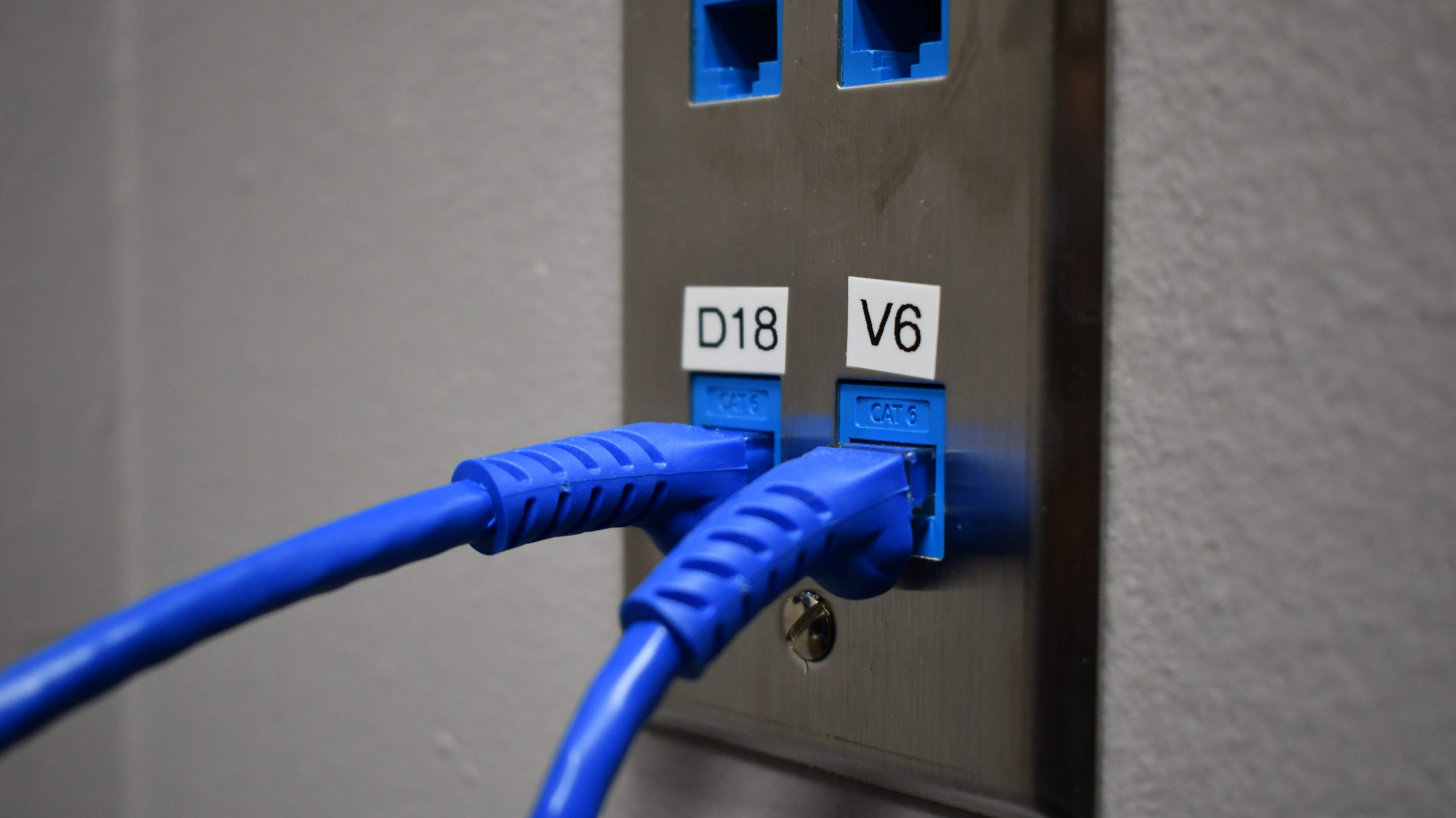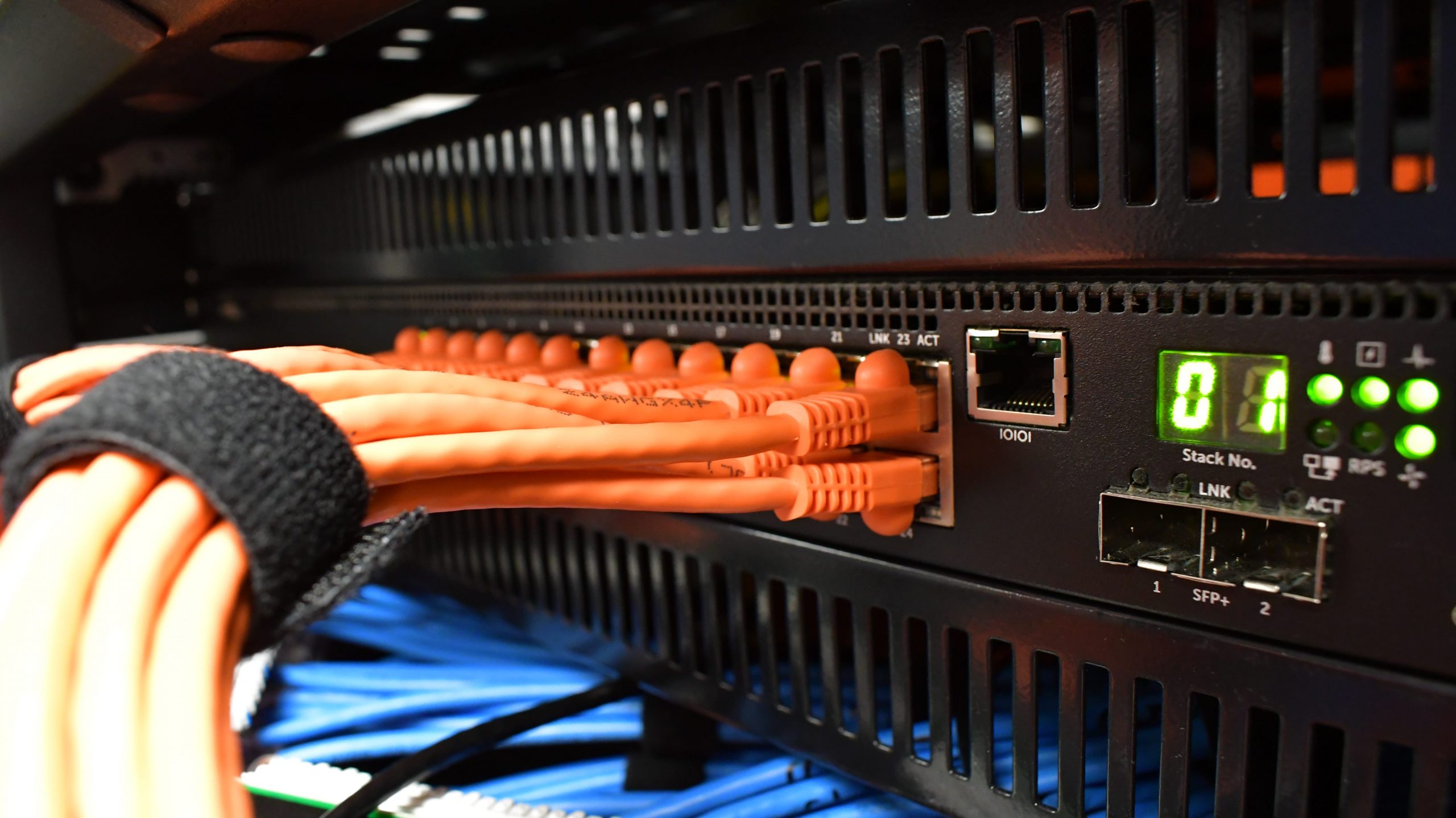Wiring CAT5 / CAT6
Why CAT5 and CAT6 Cables?
Although the Cat5 and Cat6 cables offer a variety of purposes, they are both most commonly used to connect servers and computers to modems and ISPs. Over the years, these cables have developed considerably, and the newest cables are capable of significantly greater performance than older cables.
Aside from higher speeds, the main difference between older cables and newer cables is reduced “crosstalk”.
What is Crosstalk?
Cat cables emit electromagnetic signals. When a lot of cables are close in proximity to other cables, they can interfere with one another. This interference is known as “crosstalk”. Crosstalk increases lost packets and errors, among other issues. Newer version of cat cables, like Cat6 and Cat5 cables, use twisted cable design and improved shielding as a way to reduce the impact of cross talk.

What are the Similarities between CAT5 and CAT6 Cables?
Both CAT5 and CAT6 cables have the ability to “plug in” to the same ports, because they both utilize the same end piece known as RJ-45. This end piece is capable of plugging into any Ethernet jack on a computer, router, or similar device. All cables have the RJ-45 in common and nobody in the industry expects this to change anytime soon.

CAT5 Cable
The Cat5 cable is separated into two categories: the Cat5 and Cat5E cables. The Cat5 cable has recently become outdated because of its limitations compared to the Cat5E and Cat6.
The Cat5E cable (or “Cat5 Enhanced”) became the industry standard 15 years ago, and offers significantly improved performance over the old Cat5 cable – it is 10 times faster and has a greater ability to traverse longer distances without being impacted by crosstalk.
CAT6 Cable
Cat6 cables are primarily used as the background to networks, rather than being run to workstations themselves. The reason behind this is the fact that, although Cat6 cables can handle up to 10 Gigabits of data, their bandwidth is limited to 164 feet. Once beyond 164 feet, it will rapidly decay to only 1 Gigabit – the same as Cat5E.
The newer Cat6A uses a thick, plastic casing to further reduce crosstalk and has the ability to maintain 10 Gigabit speeds for the full 328 feet of Ethernet cable.
Which Cable Should I Use?
For most commercial and resident purposes, the Cat5E and Cat6 cables should more than do the trick. However, those who would prefer the most “future proofed” cable should opt for the Cat6A.

Contact Us
Send us an email and one of our specialist will get back to you as soon as possible


